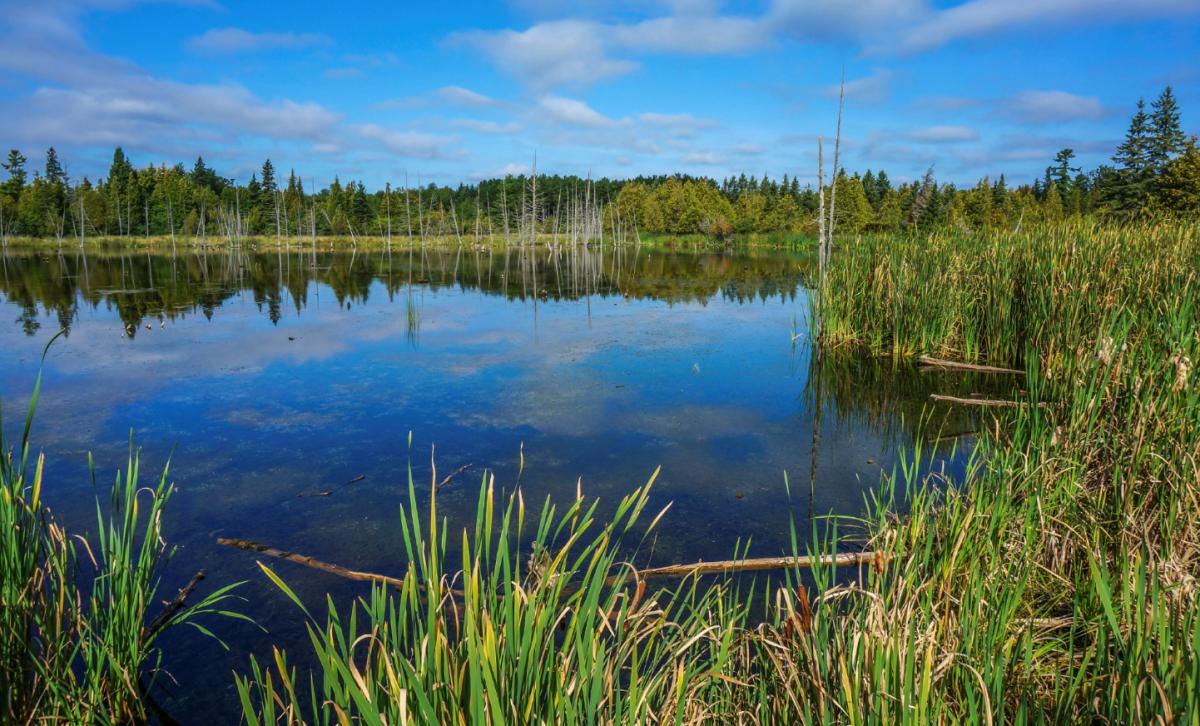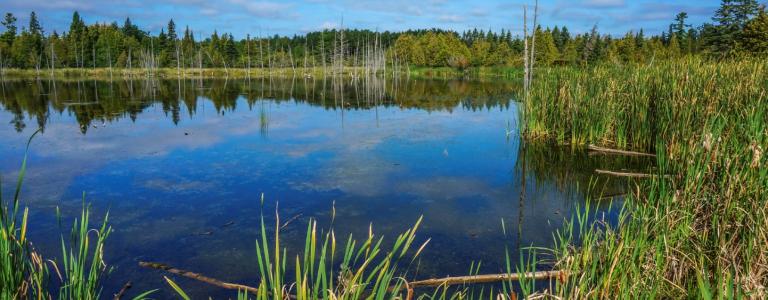Making Biomass Big Business in Manitoba
Biomass has the potential to be a major player in the renewable energy sector in Manitoba. Now we need to create a sustainable industry for it. Here's how we can make that happen.
With mayors across the United States pledging to collaborate to uphold the Paris Climate Agreement and New York City unilaterally taking on Big Oil, it seems like subnational governments south of the border are realizing the impact that a changing climate will have on their jurisdictions.
Therefore, they are taking the reins on the fight to reduce fossil fuel reliance. But what about here in Canada?
Manitoba seemed to be sending a clear sign that it was serious about reducing carbon emissions by banning coal and petroleum coke for space heating—the first such jurisdiction in North America to do so. All coal users were required to have a plan in place by 2014 and to have transitioned away from coal to another fuel source by the middle of last year.
Where can we find viable options to replace these fossil fuels? In Manitoba, we are surrounded by (and sometimes very literally sitting on) the answer.
Six months later, the provincial government has proposed its Made-in-Manitoba Climate and Green Plan to combat climate change, including a CAD 25 per tonne price tag on carbon.
Where can we find viable options to replace these fossil fuels? In Manitoba, we are surrounded by (and sometimes very literally sitting on) the answer.
Types of biomasses—from wood and cereal straw to cattails and grasses—are viable and abundant sources of renewable energy in the province that offer a whole host of environmental and economic benefits.
According to the recently released Manitoba Bioeconomy Atlas, there is over 5 million tonnes of biomass available in Manitoba every year from agriculture, forestry residue, and from marginal lands and roadside ditches. Some of this biomass is already being put to good use as livestock bedding, compost and energy. Much of it is wasted and much more could be used as fuel.

Using biomass for heat and energy in place of non-renewable fossil fuels reduces greenhouse gas emissions and helps us meet international commitments on climate change. Harvesting "non-traditional" biomass such as cattails also removes phosphorus, a major cause of algal blooms in lakes. If we could remove 22 per cent of crop residue from agricultural fields and 25 per cent of harvestable cattail, we could remove 2,000 to 5,000 tonnes of phosphorus from our landscape, a huge help to Lake Winnipeg.
The coal ban had an intentional grace period, allowing users to invest in new solutions that meet their needs, while researchers innovated new ways to make our environment and economy work together.
During that period, innovative solutions to harvesting, processing and using biomass were developed right here in Manitoba. If locally sourced, biomass creates jobs in the community and increases Manitoba’s energy independence. This keeps dollars in the community and grows innovation, particularly in rural communities where natural gas is unavailable and electricity is expensive.
Now we need to bolster our infrastructure and create a sustainable industry to be able to benefit from what grows all around us.
One of the biggest renewable energy installations is currently underway in Lac Brochet in northern Manitoba, with solar, geothermal and biomass—setting a precedent for energy and food independence in northern communities and proving renewable energy integration in Manitoba. Biomass technologies are being installed across Canada and the United States that have great potential for application in Manitoba, such as biogas through anaerobic digestion and ethanol fuel from gasification.
The proposed Federal Clean Fuel Standard seeks to increase the use of lower-carbon fuel—including renewable natural gas—and applies to the transportation, building and industry sectors. Removing barriers to allow biogas injection into Manitoba’s natural gas grid as a source of renewable "green" natural gas would propel the biomass industry to that elusive higher value market. We could also take a lesson from Edmonton, which gasifies landfill and biomass waste to meet provincial waste recycling priorities.
The need for a new way to fuel Manitoba is real. The stage for biomass to become a viable source of renewable energy is set. Now we need to bolster our infrastructure and create a sustainable industry to be able to benefit from what grows all around us.
Surely, that is a truly Made-in-Manitoba solution.
You might also be interested in
Canada Should Copy Europe When It Comes to the Bioeconomy
The recently announced EU Bioeconomy Strategy continues that continent’s legacy of advancing biological solutions to environmental questions and strategically highlights the economic benefits of the approach with a strong focus on jobs, growth and investment.
Manitoba Bioeconomy Atlas
The Manitoba Bioeconomy Atlas demonstrates the economic and ecological value of common wetland plants as a marketable feedstock for biomass energy—all with the goal of creating a healthier Lake Winnipeg basin and developing a Manitoba bioeconomy.
Way to Go Winnipeggers
Winnipeg is getting even closer to increasing the protection of Lake Winnipeg from harmful algal blooms. And it's thanks to Winnipeggers of all stripes!
Undertreated Sewage Contributes to Harmful Algal Blooms
In this short brochure, the Lake Winnipeg Foundation and the International Institute for Sustainable Development, present their plans for an interim solution to Winnipeg's phosphorus woes.
